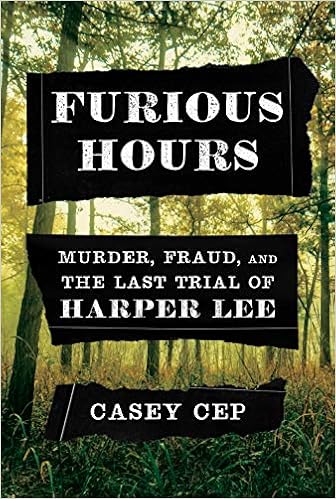By 1969,
Rick Dalton (Leonardo DiCaprio) is a former TV Western star turned failed film
actor and alcoholic, reduced to taking villainous guest star roles that play on
his former fame. He is supported by his best friend and erstwhile stunt double
Cliff Booth (Brad Pitt), a war veteran and alleged wife killer who works as
Rick’s valet. When Rick learns that Roman Polanski (Rafal Zawierucha) and
Sharon Tate (Margot Robbie) have moved in next door, he begins plotting a
comeback. Meanwhile, Cliff crosses paths with a young hippie woman (Margaret
Qualley) whose “family” is staying out on an old movie ranch.
Excess has
been a constant in Quentin Tarantino’s long and varied career, but the nature
of that excess has changed considerably. In the 1990s, it was profanity and
violence, but for the past decade, it has largely been character-building
conversations. Whereas his previous outing, The
Hateful Eight, was a tense though largely bloodless buildup to a gory final
third, Once Upon a Time in Hollywood
is a loose, ambling, often comedic romp that saves its barbarity for a few
scant, explosive moments toward the end.
A devotee
of B-movies and genre entertainment, Tarantino could not have asked for more
suitable subject matter, and from an aesthetic standpoint, he absolutely nails
the setting. The cars, the clothes, and the music are obvious cues, but the
film’s bright palette and even the title fonts all scream 1960s Hollywood. This
makes the scenes that step outside of that bouncy, boozy milieu – a visit to the Manson
Family-occupied Spahn Movie Ranch is singularly creepy – all the more jarring.
Once Upon a Time in Hollywood is also absolutely awash in
trivia, in-jokes, and meta-references. Rick thumbs his nose at Italian-produced
spaghetti westerns and their questionable production values, yet this movie
owes a debt beyond its title to Sergio Leone. When Rick lands a guest starring
spot on Lancer, who should appear as
gunslinging series lead James Stacy but Timothy Olyphant, referencing his
trigger-happy turns as Seth Bullock (Deadwood)
and Raylan Givens (Justified). Kurt
Russell (also the film’s narrator) and Zoe Bell show up as a husband and wife
stunt coordinator team, a play on their opposing turns in Tarantino’s earlier Death Proof.
For the
most part, the film is impeccably cast. DiCaprio can go from self-pitying to
stone drunk to intensely determined at will, and though she isn’t given nearly
as much material to work with, Robbie makes for a vivacious and (according to
the slain actress’s sister) very convincing Tate. Newcomer child actress Julia
Butters holds her own as a serious young thespian opposite Rick on Lancer while former
child actress Dakota Fanning is unrecognizable – and unhinged – as Squeaky
Fromme. The likes of Al Pacino, Bruce Dern, Luke Perry (in his final role) and
others show up as well though the film is sorely missing a Samuel L. Jackson
appearance, and Steven R. McQueen may have fared better as his namesake
grandfather than Damian Lewis.
Stellar
cast aside, some elements of characterization strike a false note. Bruce Lee
(Mike Moh) is disrespectfully portrayed as a braggart while Tate’s
friend/ex-boyfriend Jay Sebring (Emile Hirsch) comes across as an immature,
opportunistic weasel despite being a Korean War vet and a very successful hair
stylist. Perhaps the biggest question mark is Cliff, who is treated like a weird
loser by nearly every character besides Rick despite being a very competent
driver and fighter who looks like Brad Pitt.
Even more
divisive, however, is the film’s ending, which focuses on an infamous August
night on Cielo Drive. It is as gory as expected but definitely not in a way
that is expected. Whether Tarantino is trying to write the history he would have
wanted to see it happen or whether he is trying to make a statement about overt
chaotic evil vs. entrenched yet concealed malevolence is anyone’s guess.
Some have
speculated that Once Upon a Time in
Hollywood is Tarantino’s reaction to a midlife crisis: a middle-aged white
guy pushing back against notions of his own irrelevance. But one needn’t have
any sympathy for Rick or Cliff or see in them any rectitude to find their
misadventures, long and drawn out as they may be, thoroughly amusing.




